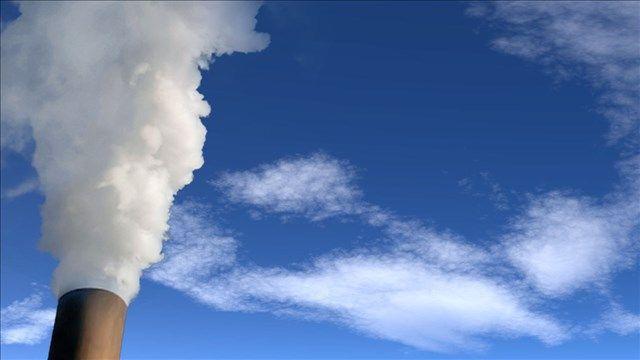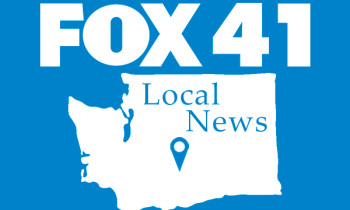
OLYMPIA, Wash. (AP) — The Washington Supreme Court heard arguments Tuesday on whether the state Department of Ecology has the authority to cap carbon pollution from major industrial emitters, something business groups and utilities have argued can only be done by the Legislature.
The hearing came after a lower court judge blocked the Clean Air Rule, siding with the Association of Washington Business, utilities and others who sued after the Department of Ecology approved the rule in 2016.
The groups argued the agency exceeded its statutory authority implementing the rule without legislative approval. A Thurston County judge agreed and invalidated the rule.
Gov. Jay Inslee — who is now in the midst of a presidential campaign focused on climate issues — directed state regulators in 2015 to use existing authority to limit carbon emissions from Washington’s largest sources.
Laura Watson of the state attorney general’s office represented the Department of Ecology and told the court that the agency has broad authority under the state’s Clean Air Act, passed by the Legislature in 1967.
Watson cited a phrase often used by Inslee, saying “we are the first generation seeing the effects of climate change, and the last generation that can do something meaningful about it.”
Jason Morgan, an attorney for the Association of Washington Business, said the issue is about following the state Constitution, not a debate on climate change.
“The question here today is not whether something needs to be done about climate change — it does — but who gets to decide how we respond, the Legislature or Ecology,” he said.
After Inslee failed to persuade lawmakers to pass an ambitious cap-and-trade program in 2015, he directed Ecology to act. He called climate change a threat to the state and said the new regulations would help Washington meet its requirements to reduce carbon emissions.
Inslee has long touted environmental issues and has made climate change the core issue of his presidential campaign.
The rule requires refineries, fuel distributors and dozens of other major industrial facilities to reduce their carbon pollution over time. Petroleum importers and producers along with natural gas distributors would also be covered.
Roughly two dozen stationary facilities that emit at least 100,000 metric tons of carbon pollution each year would be covered under the rule. The number could increase, however, while the allowable amount decreases to 70,000 annual metric tons by 2035.
The rule would require those companies to reduce carbon emissions by an average of 1.7 percent annually and report those emissions every three years. They also could invest in projects that permanently reduce carbon pollution or buy credits from other companies or carbon markets.
As the court weighs whether to reinstate the rule, the Legislature is poised to pass key parts of Inslee’s climate agenda this year: One measure seeks to eliminate fossil fuels such as natural gas and coal from the state’s electricity supply by 2045. Another would implement a clean fuel standard that requires producers and importers to reduce carbon emissions associated with transportation fuels.
Justices did not indicate Tuesday when they may issue a ruling.



